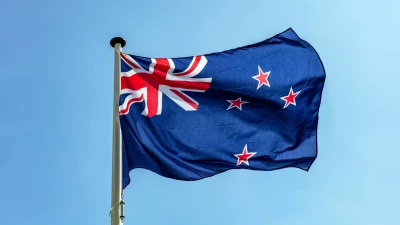Storm Financial fees hit $80m while global crisis evolved
In the 18 months following the onset of the global credit crunch, and the subsequent fall in share markets, Storm Financial earned more than $80 million in fees and commissions from the investments of its clients, many of whom are now in financial distress.
Those fees and commissions were taken from investments managed by Storm’s 34 financial planners, who the group said were the beneficiaries of Australia’s highest volume of profit per planner.
At the meeting of the creditors of the collapsed financial services group in Brisbane today, administrators Worrells Solvency and Forensic Accountants revealed details around Storm Financial’s fall from grace; largely a factor of the group’s reliance on a rising share market.
Storm took $67.9 million in upfront fees and trailing commissions from its clients’ investments during the financial year to 30 June 2008. Over the same time frame, the group recorded a pre-tax and pre-dividend profit of $37.5 million. But in the six months to December 2008 the income from fees and commissions fell to $12.3 million; leaving a significant shortfall when Storm’s directors were unable to cut the group’s operating costs accordingly.
The administrators of the company found that as a result of the global financial crisis, new investors were unwilling to enter the share market, while existing investors and margin lenders associated with the group were selling down share portfolios to avoid further losses. This led to a reduction in both the upfront and trail commissions being received by the group.
By December 31, the profits of the previous year had evolved into a trading loss of $12.6 million, according to Storm’s unaudited accounts. The unaudited books also show a deficiency in net assets of $4.3 million at December 31 2008.
It was on December 31 that Storm breached its loan covenants with the Commonwealth Bank of Australia (CBA), prompting the bank to call in parts of the group’s debt. This played a part in the appointment of voluntary administrators and the closure of the group’s operations last week.
Storm now owes funds to creditors totalling $78 million, the administrators said. But Storm’s creditors did not learn anything today about how much might be salvaged from the sale of the group’s assets. This will be assessed by the receivers appointed to the group, KordaMentha.
The group owes $51 million to creditors other than CBA, with around 35 creditors attending today’s meeting. That $51 million includes a provision for dividends of $10 million, a net debt to the Australian Taxation Office of $9.8 million, and more than $28 million in unpaid monies to vendors of businesses acquired by the group. CBA is owed more than $27 million.
The Storm Group of companies included 22 subsidiary, the majority of which were not trading and had no assets or liabilities, a statement from Worrells said.
Recommended for you
Quarterly Wealth Data analysis has uncovered positive improvements in financial adviser numbers compared with losses in the prior corresponding period.
Holding portfolios that are too complex or personalised can be a detractor for acquirers of financial advice firms as they require too much effort to maintain post-acquisition.
As the financial advice profession continues to wait on further DBFO legislation, industry commentators have encouraged advisers to act now in driving practice efficiency.
New Zealand’s financial regulator is following the footsteps of its Tasman neighbours and proposing to conduct a review on improving the accessibility of financial advice and advice business models.














